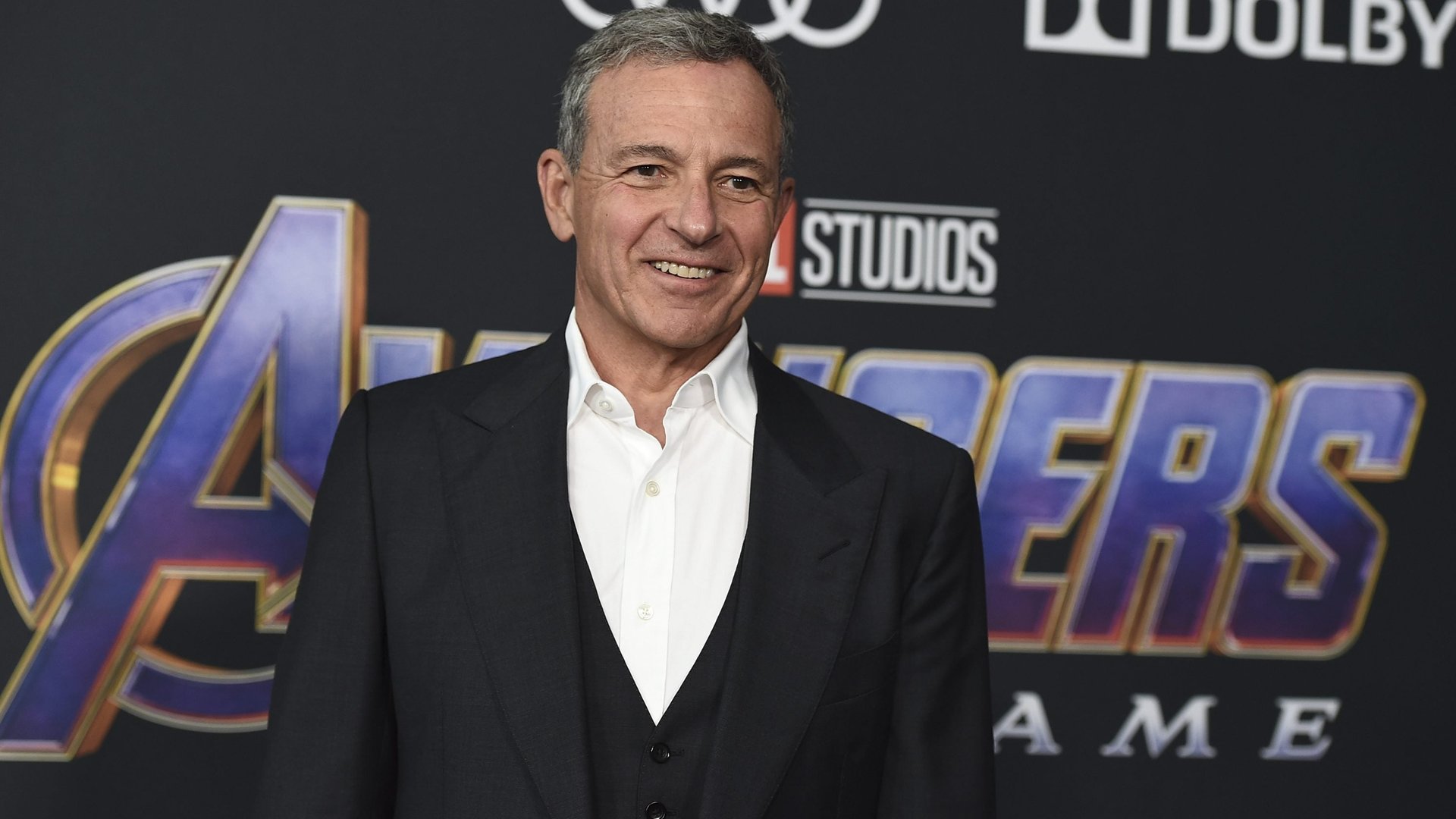Under Bob Iger, Disney took over the world
Bob Iger stepped down as CEO of Disney yesterday, ending one of the most successful leadership runs in modern history. He was replaced by Bob Chapek, the former head of Disney parks.


Bob Iger stepped down as CEO of Disney yesterday, ending one of the most successful leadership runs in modern history. He was replaced by Bob Chapek, the former head of Disney parks.
An executive at the ABC television network since the 1980s, Iger officially joined Disney when it bought ABC in 1996. He then quickly moved up the ranks. In 2000, Iger was named president and COO of Disney. Five years later, he became only the sixth CEO in the company’s history, succeeding Michael Eisner, who had been in the role since 1984.
Then everything changed.
Disney was already a massive global media conglomerate before Iger took over. The year he was named CEO, Disney made $31 billion in revenue. It owned TV networks, film studios, music labels, theme parks, publishers, and a century’s worth of iconic intellectual property.
But in the early 2000s, following a hugely successful period in the 1990s, the company hit a rough patch. Amid inconsistent revenues, a failed takeover of Universal Studios, several box office flops, and ongoing tensions with board member Roy E. Disney (Walt Disney’s nephew), Eisner resigned as CEO in 2005, putting Iger in charge.
Depending on whom you ask, Iger then turned Disney into either the greatest company on Earth or an unduly powerful monstrosity that monopolized culture. Either way, Iger’s impact on Disney—and, thus, the world—was undeniable.
Iger was renowned for his laser-focused strategic vision: acquire content, expand into new markets, increase profitability.
He led Disney’s acquisition of Pixar in 2006, formalizing what was an unofficial collaborative relationship with the beloved animated film studio that dated back to Toy Story in 1995. In 2009, he orchestrated the acquisition of Marvel Entertainment, which transformed the global box office. (By 2014, Disney had already recouped the $4 billon it spent on Marvel in ticket sales alone.) And in 2012, Iger completed the franchise trifecta when Disney bought the Star Wars production company, Lucasfilm.
Disney wasn’t content owning the two highest-grossing film franchises of all time. It purchased Fox’s entertainment assets for $71 billion in a deal finalized last year. Among the assets Disney now owns is the 20th Century Fox film studio—once one of its biggest rivals.
With an unrivaled haul of intellectual property, Iger then turned his attention to launching a global streaming business that would compete with Netflix. Disney bought a majority stake in streaming technology company BAMTech, launched a streaming service for ESPN, and acquired full control of Hulu in the span of a few years. The company also opened its first theme park in China in 2016, adding another enormous, untapped market to its content ecosystem.
And then in November of 2019, the culmination of all of Disney’s content acquisitions, global expansion, and streaming initiatives came to fruition with the launch of the Disney+ streaming service, which allows subscribers to watch everything in the Pixar, Marvel, and Lucasfilm libraries (and much more). The service, which expands into Western Europe and India next month, will add another source of income to annual revenues that have already more than doubled since Iger became CEO.
Perhaps Iger’s most impressive accomplishment is maintaining Disney’s signature family-friendly brand despite all of this growth—though the company is beginning to show some cracks in its ironclad reputation. For better and worse, Disney is one of the most dominant cultural entities in human history, and we have Bob Iger to thank—or blame.